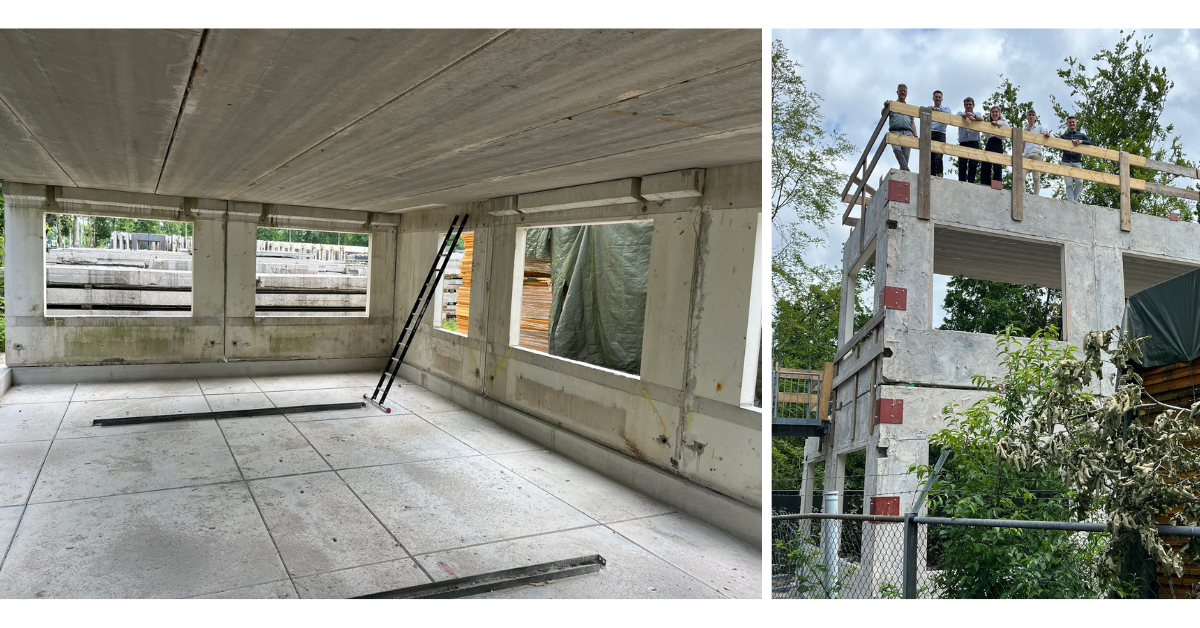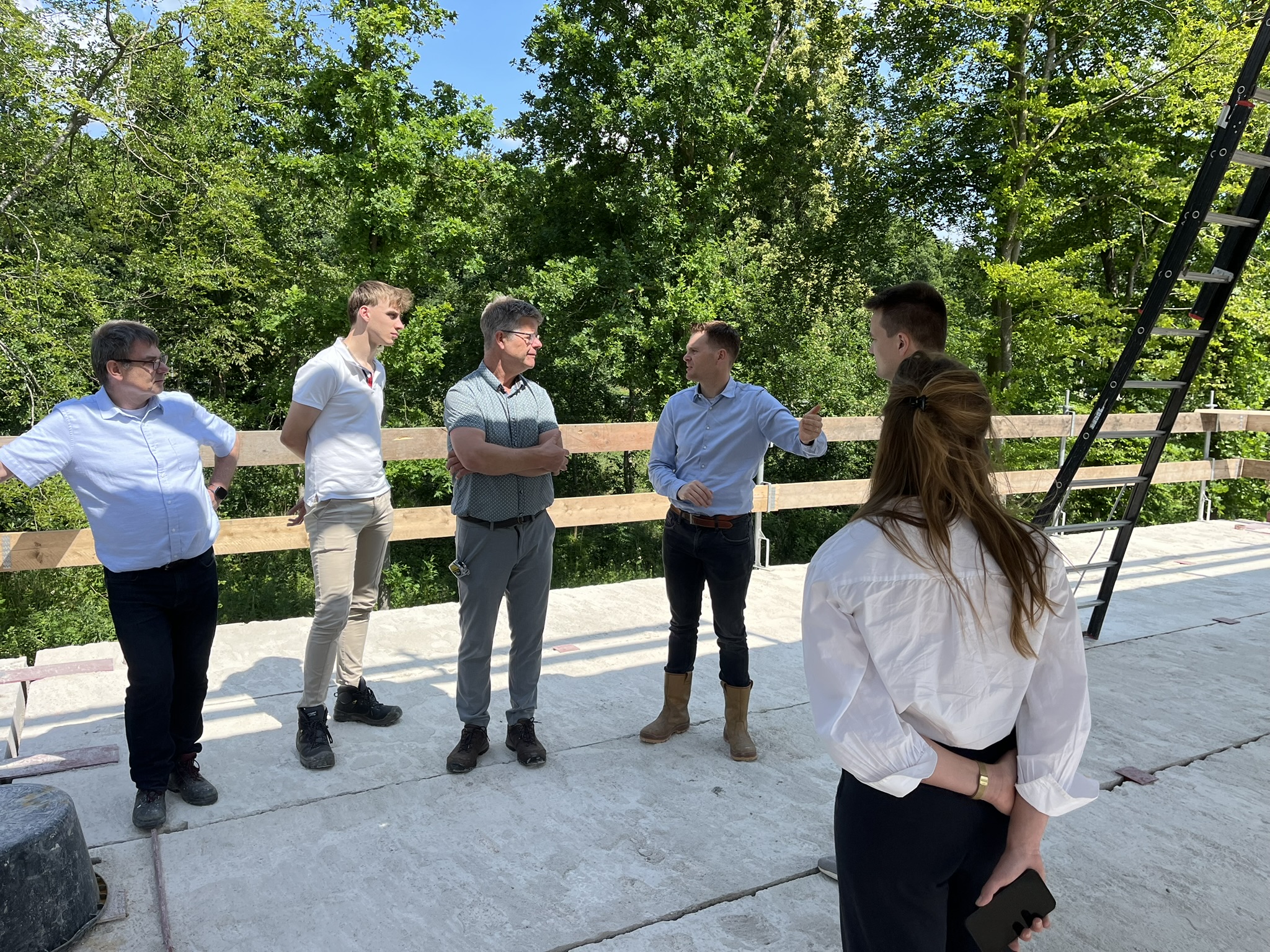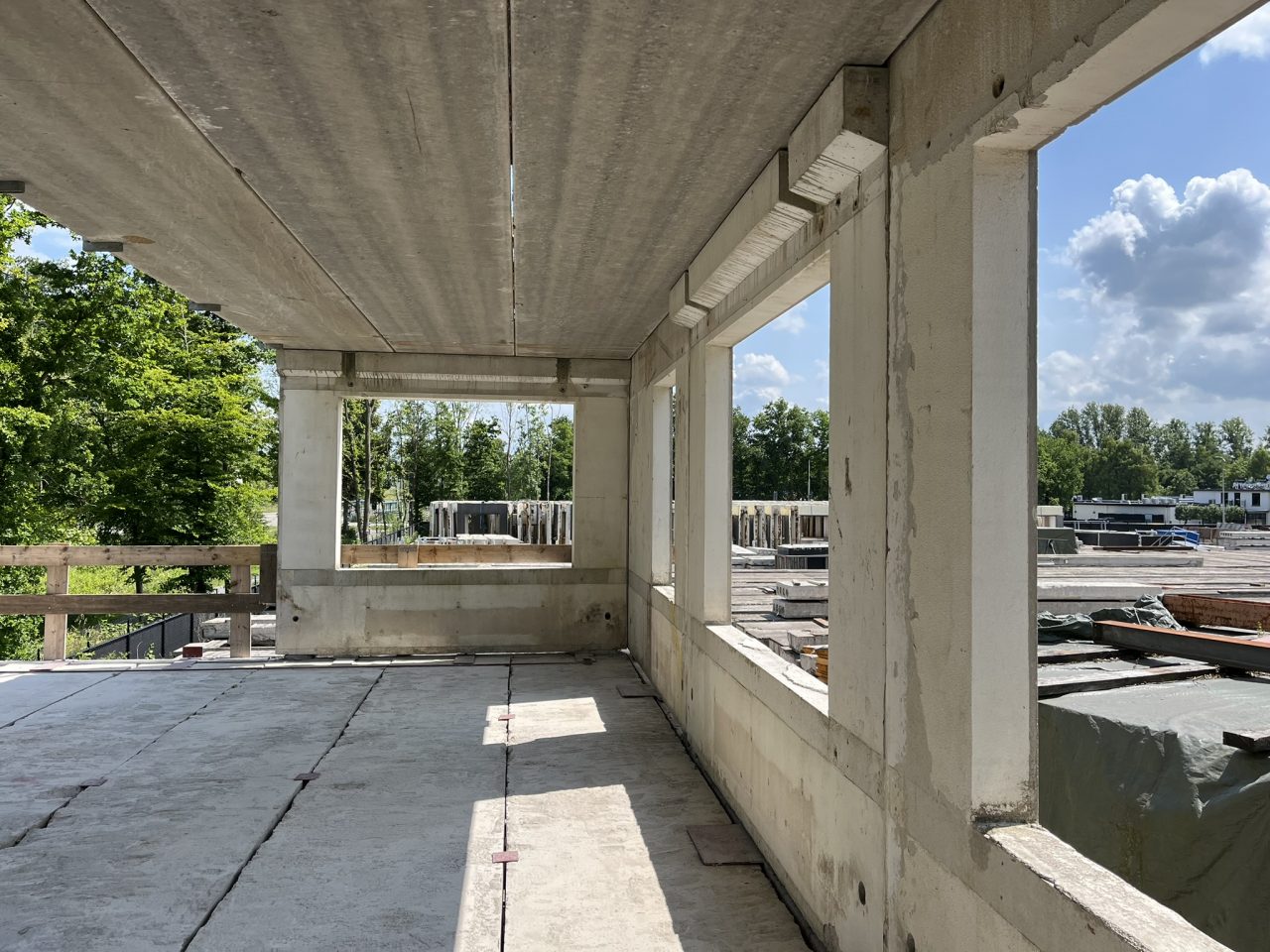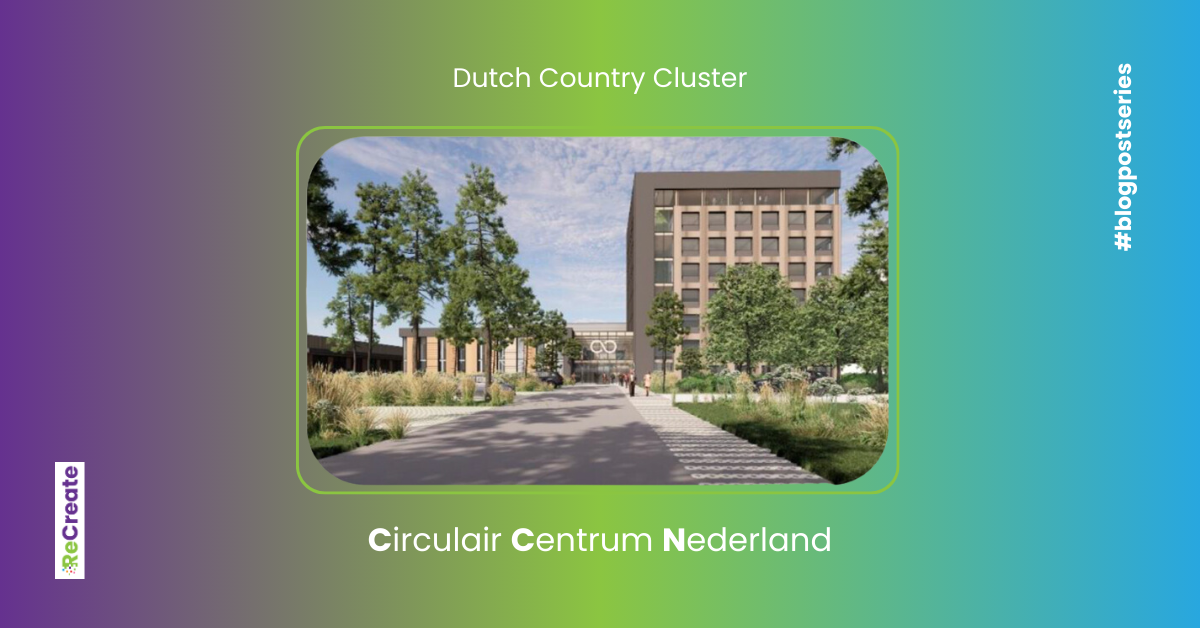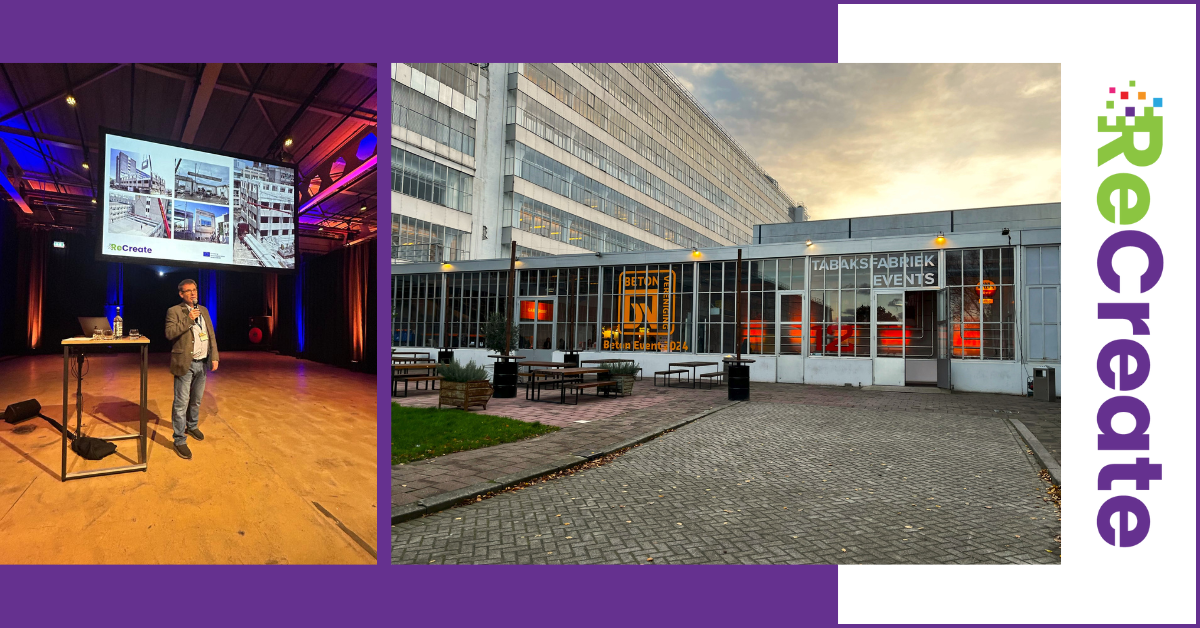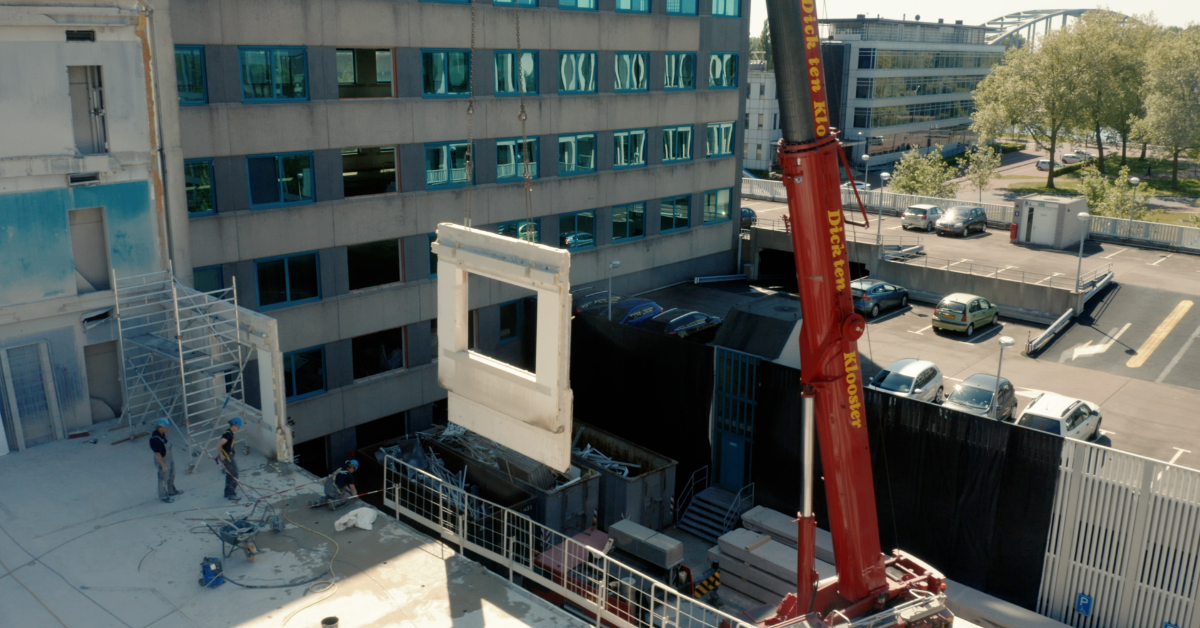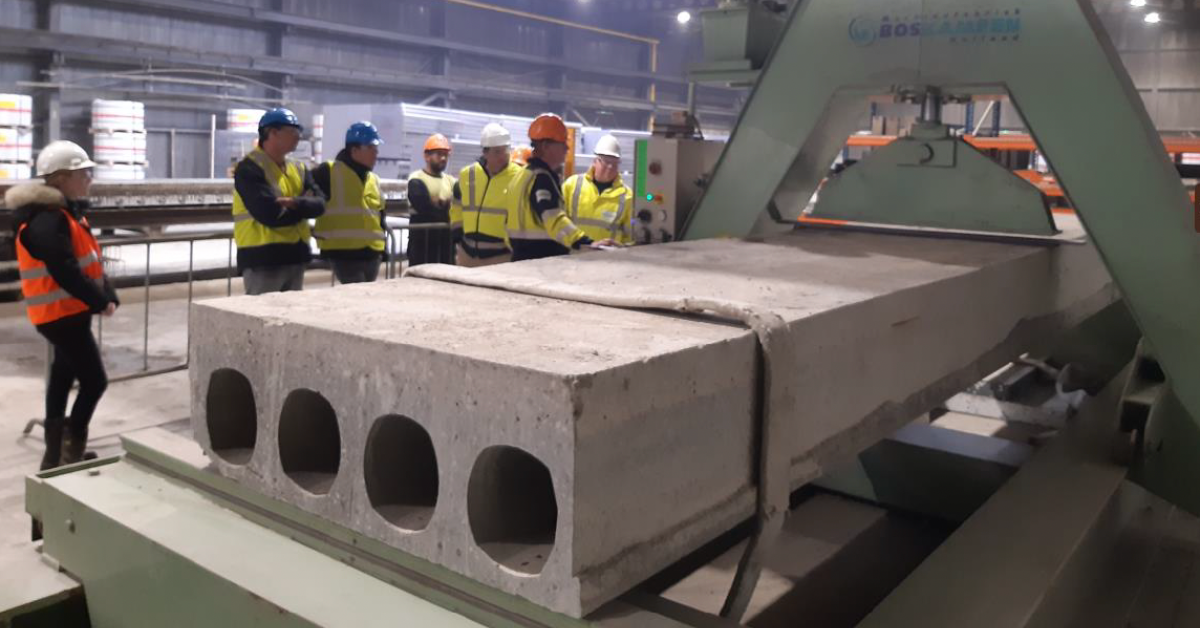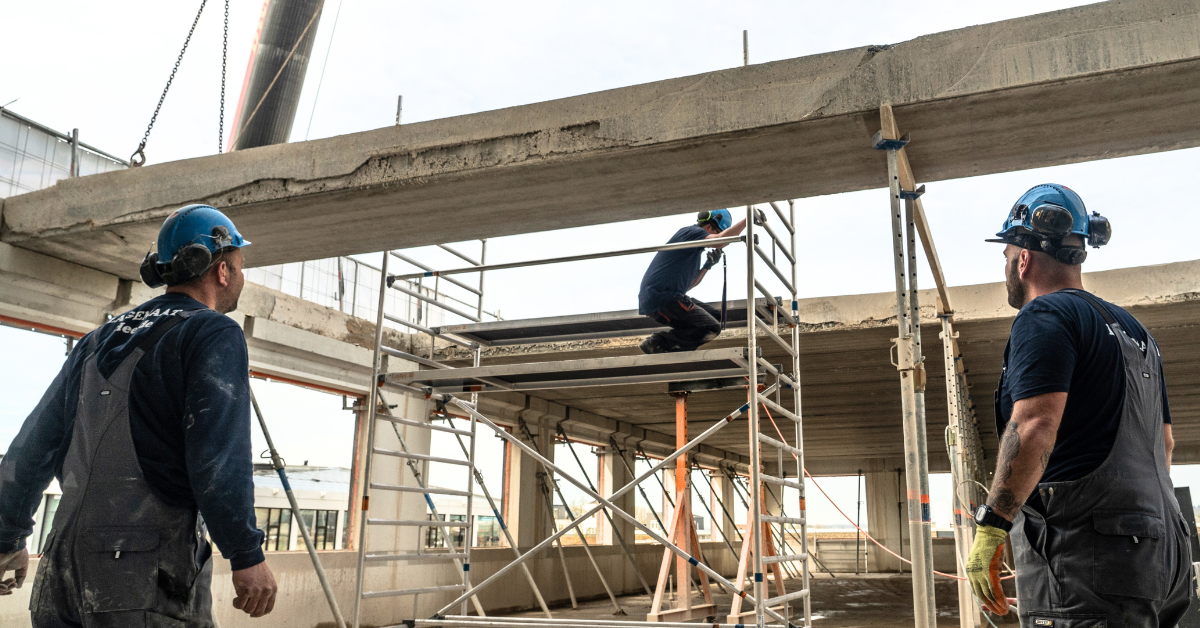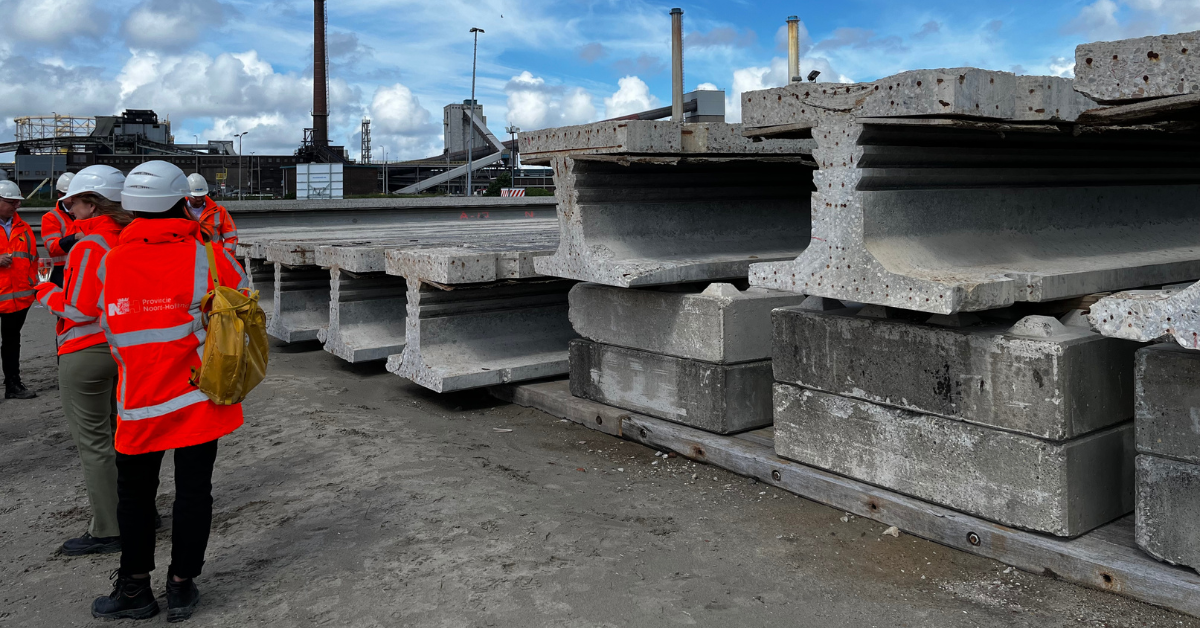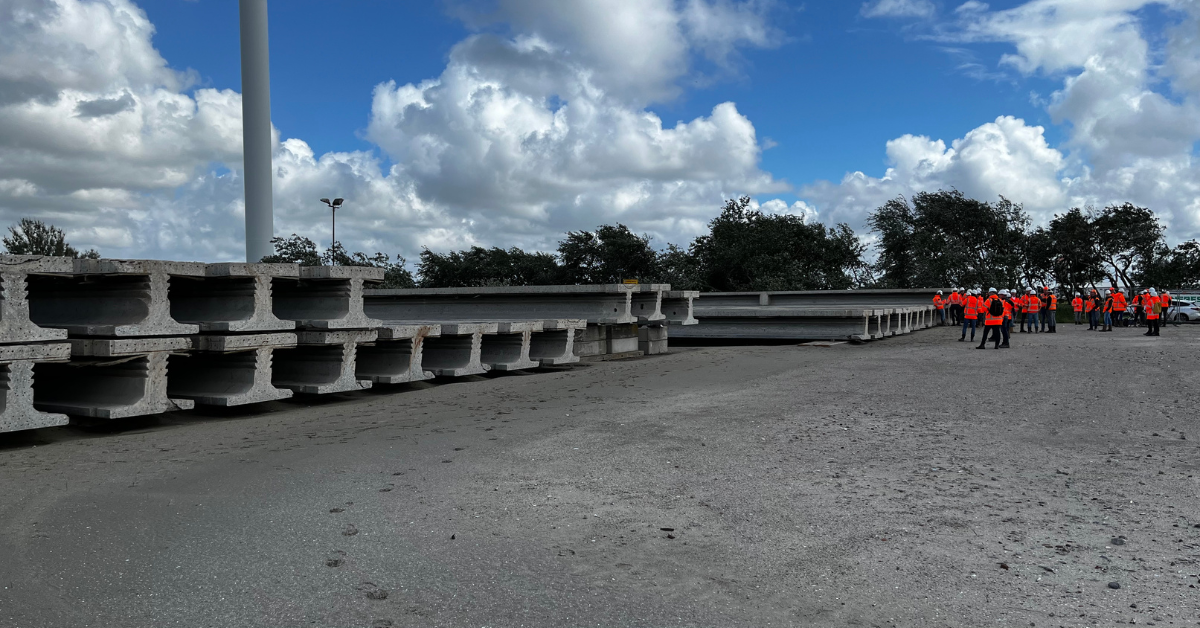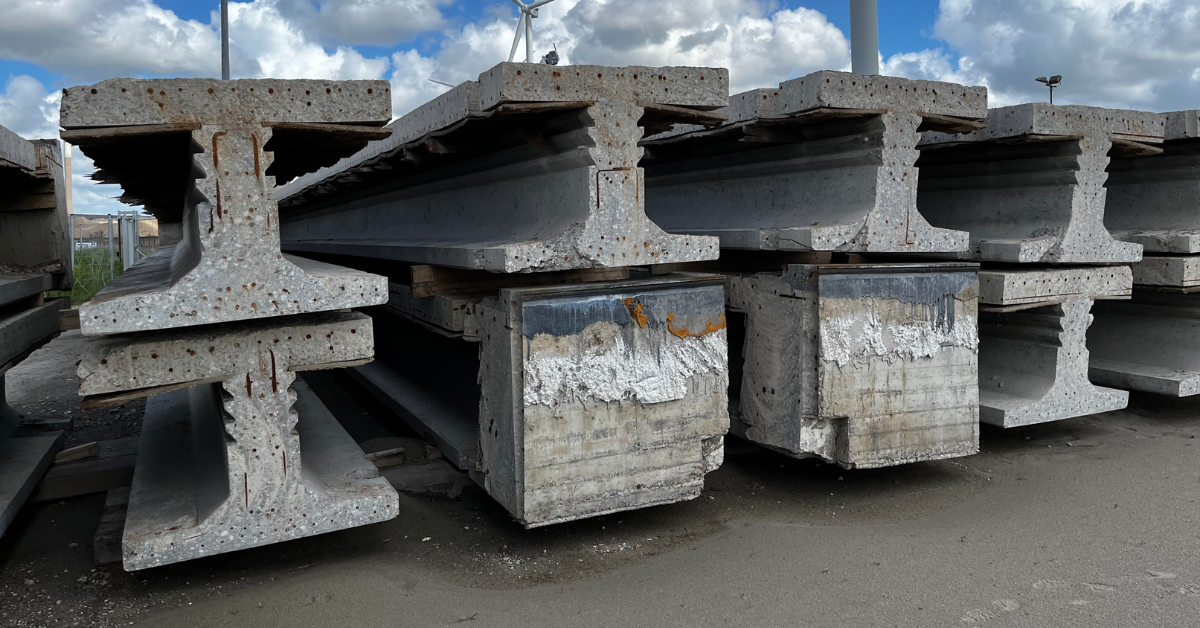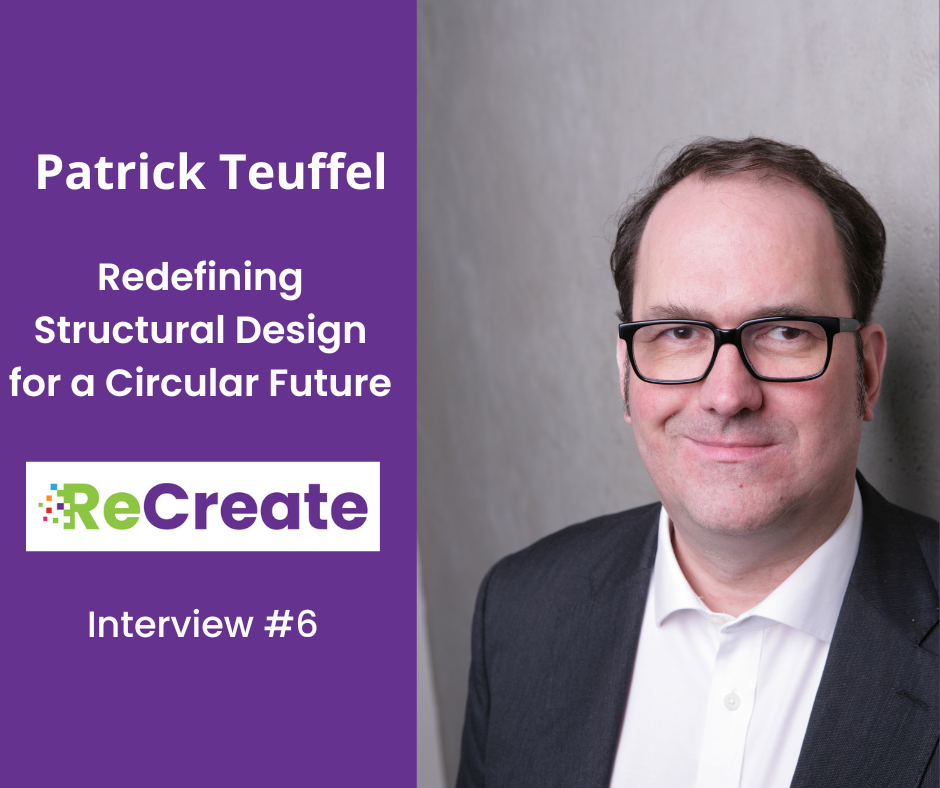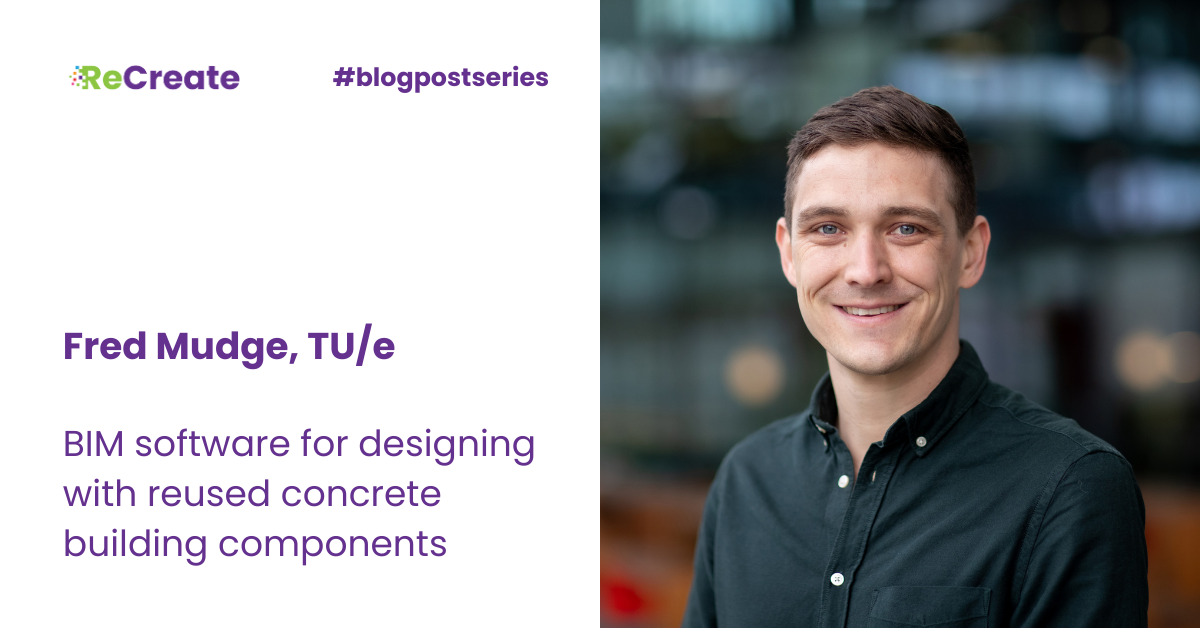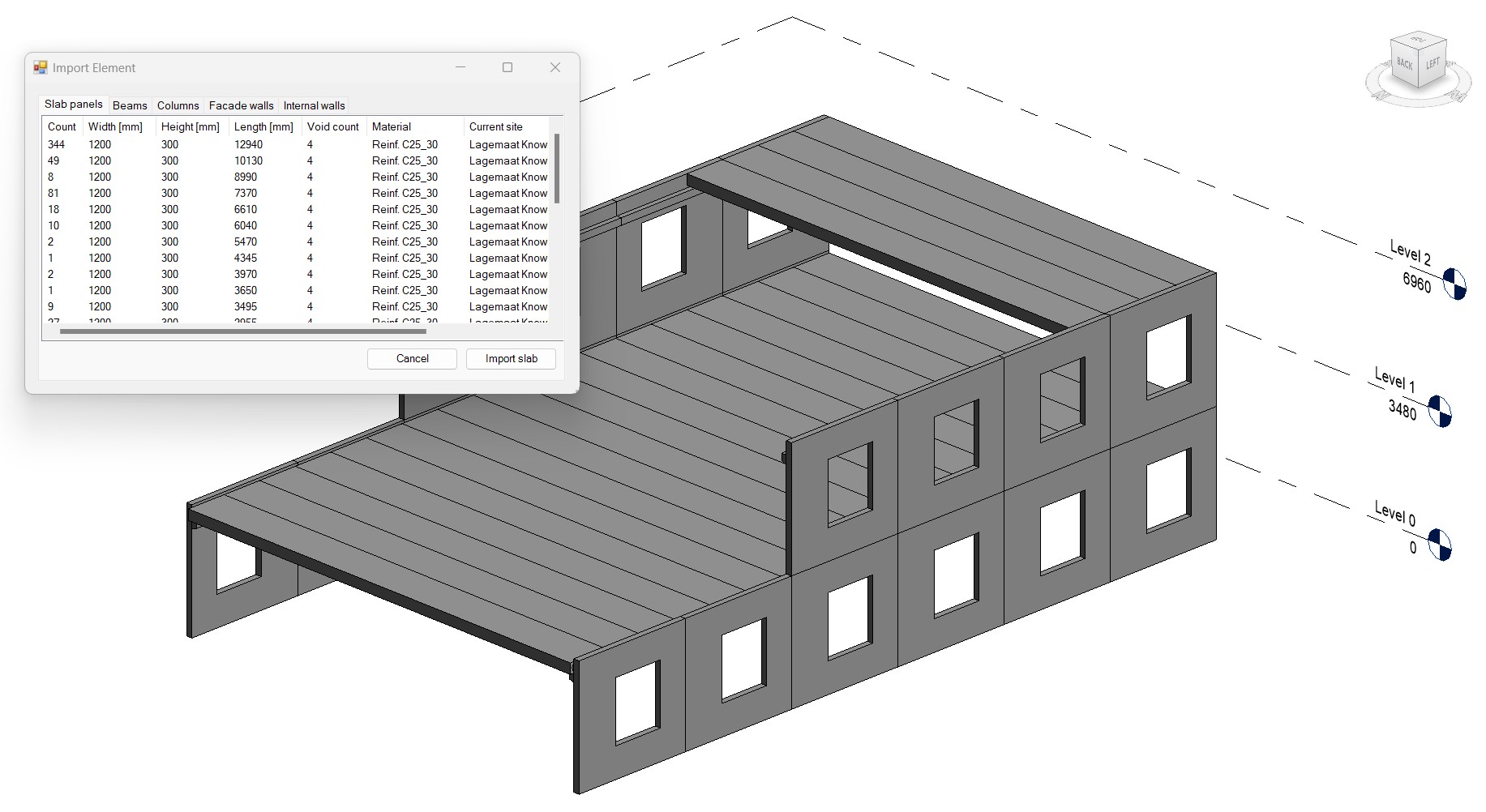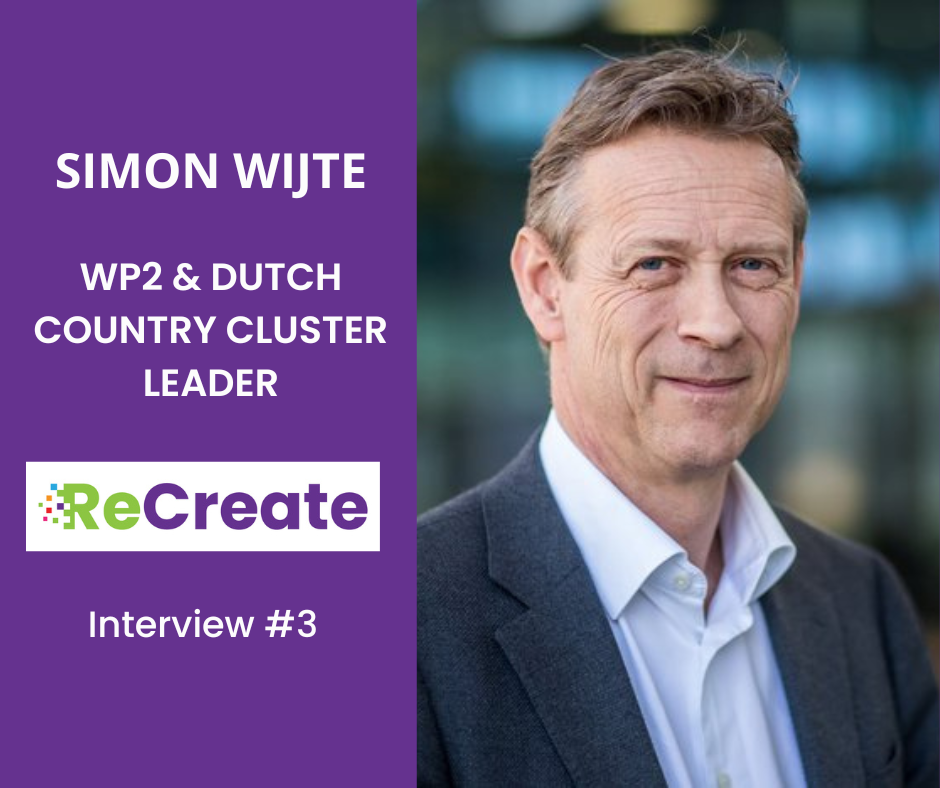In this exclusive interview, we delve into the pioneering work of Patrick Teuffel, founder of CIRCULAR STRUCTURAL DESIGN, as he leads the charge in revolutionizing structural design for a circular economy. With a focus on sustainability and decarbonization, Teuffel discusses his role in the ReCreate project, shedding light on innovative approaches to integrating reclaimed precast concrete elements into new constructions. From reimagining design processes to the challenges and benefits of incorporating AI, Teuffel provides invaluable insights into shaping a more environmentally responsible future in construction.
1. Can you please introduce yourself a bit, your organization and your role in the project?
As founder of CIRCULAR STRUCTURAL DESIGN, I am strongly focused on advancing the principles of the circular economy and decarbonization within the built environment in the context of structural design. With my background as a structural engineer, I bring a strong combination of technical expertise and sustainability principles to my work. As an academic as well as professional, I am committed to revolutionizing traditional construction practices by integrating circularity and sustainability into every aspect of the design process.
In addition to my entrepreneurial pursuits, I also act as a professor specializing in Innovation and Sustainability Strategies at SRH Berlin School of Technology. In this role, I have the opportunity to impart my knowledge and passion for creating more environmentally responsible solutions to future generations of professionals. My advisory role at the DGNB (German Sustainable Building Council) Innovation Board and the circular construction team at Circular Berlin further underscores my dedication to driving meaningful change within the industry.
At CIRCULAR STRUCTURAL DESIGN, our mission is to seamlessly integrate the principles of circular economy and sustainable design into every structural project we undertake. Our approach is guided by three core principles:
1.) Minimizing waste and emissions: We prioritize minimizing resource consumption and emissions associated with our structures, ensuring that our designs have minimal environmental impact.
2.) Keeping products and materials in use: Our commitment to extending the lifecycle of materials, components and buildings drives us to promote high-level reuse and repurposing wherever feasible, thus reducing resource consumption and waste generation.
3.) Using renewable resources: In response to the ongoing depletion of finite resources, we actively explore and incorporate renewable material options whenever possible.
It is our mission to bridge the gap between research and practice and to integrate the principles of circular economy into everyday structural design projects.
Within the ReCreate project I am the lead of the WP5 that explores aspects of redesign and reassembly. I, as a structural engineer, focus on the implications for the design process and the actual technical and practical implementation in the context of the reuse of existing components.
2. Can you provide more information on your work package and how it contributes toward the project?
WP5 consists of two parts: redesign and reassembly. We explore design implications of the stock-based design and develop new connection types or put existing connections to the test to reconnect existing precast concrete elements.
Traditionally the design process follows a linear model. The building design is developed first and the required structural elements, that are needed to accomplish this design, will be manufactured from scratch according to the dimensions required for the project.
The whole work process needs to be rethought when it comes to reusing elements. When maximizing the integration of reused elements in a stock-based design approach, the traditional design approach of form-follows-function will be replaced by a new principle: form-follows-availability.
To enable the load-bearing reuse of existing components, connection details are required with which these can be reconnected. This is why the documentation of connection details that already exist and allow for an easy reuse and developing new connection details that will also allow for an easier future disassembly are the second focus point in WP5.
Perhaps the most interesting thing about the ReCreate project is, that these approaches are not only theoretically explored, but will be implemented in real live pilot projects. Hence a large part of WP5 is designing those pilots and sharing the lessons learned throughout the process.
3. Tell us more about task 5.1 on the framework of parameters for the development of the redesign and reassembly process for precast concrete elements in new buildings?
As stated, the design process is completely different from the status quo, when it comes to the integration of reclaimed elements. Here, the first step is to capture relevant information about the reclaimed precast concrete elements in order to know where and how those may be reused. So, the first thing you need to know is what those elements are. In task 5.1 we explore, what parameters and object properties need to be gathered and at what design stage different information needs to be available to enable architectural and structural design. Here, we are looking at typological and dimensional information and the structural capacity of the different elements.
This task closely interacts with other working packages, such as WP1: the analysis of precast concrete systems, WP2: the deconstruction as we are strongly interested in the shape and capability of each element after deconstruction, WP3: the logistics and processing and WP4: the quality management.
The knowledge gained through this process will be captured in a design guideline (deliverable 5.1) at the end of the project.
4. How does Task 5.3 highlight the challenges and complexities faced in the architectural and structural design process when reusing precast concrete elements?
Task 5.3’s focus is the understanding and developing of a design approach and actively implementing it in the design process in the pilot projects. The traditional approach of an architect developing a space concept first and an engineer designing the structural elements afterword to erect this space does not work when the pool of existing elements limits what they might be used for. Means: the design process needs to run “in reverse”. To understand the capability of the existing elements and what uses they can be put to, requires a close interaction of architects and engineers from the very beginning of the project.
Each country cluster approaches this separately and faces different architectural and structural challenges. Those experiences are discussed within the ReCreate project team and the experiences will be summarized in the form of a best-practice recommendation that incorporates the lessons learned from the project.
5. How does Task 5.3 propose to incorporate artificial intelligence (AI) and neural networks into the design process? What benefits are expected from using AI in this context?
When it comes to designing with reclaimed elements, different design approaches can be explored and different country clusters follow different approaches of how to start with a stock of reclaimed, prefabricated concrete elements and get to the finished product: a building partially designed from those elements.
That insights gained and lessons learned will be gathered in a design manual that will be published as D5.1 at the end of the project.
Generally, the most straight-forward approach to designing with precast concrete elements is trial- and-error.
The larger the implicit knowledge about the reclaimed elements and reuse options are, the better the outcome will be.
Another possibility is a design optimisation aided by parametric design tools. Within the project research is undertaken how the design process can be aided by existing and newly developed design tools that allow for an optimisation.
Also, an AI-aided element matching between a pool of existing elements and a proposed new design will be explored. Especially when the list of reclaimed elements is very large, human trial-and-error can reach its limits. The AI-aided approach tries to do a first step by exploring a matching algorithm that highlights optimisation potential and best matches.
6. Can you tell us more on the processes and challenges that you are facing with the connections in task 5.2 and how do they influence the rest of your work? What are some of the risks that are present here? In the context of design for disassembly (DfD), how does Task 5.2 investigate the possibility of easier deconstructability in the new connections?
The feasibility and ease of new structural connections construction for reclaimed element has a large impact of the likelihood integration of reuse structural elements. In WP5 options to reconnect those structural elements will be explored. Particular attention is paid here to when the same connection points can be reused (with minor adjustments) during reinstallation. The connections that are to be used in the construction of the pilot projects are described. New connection types are also being developed in the project, those put a great emphasis on the possibility for a simple future deconstruction.
The general approach in the recreate project is, that both, new connection details that allow for an easier future disassembly are being developed in project funded university research studies. At the same time in the real life pilot projects conventional connection details that already exist, might also be used.
7. What is the relationship between the re-use of precast concrete elements and sustainability certificates, such as DGNB as discussed in Task 5.3?
When it comes to evaluating the sustainability of the reuse of precast concrete elements from an ecological viewpoint, two aspects can be highlighted. The reuse may help to save both finite resources and avoid new production emissions.
The topic of resource conservation in the context of a circular economy has recently come increasingly into focus, and green building certificates are trying to account for it. One example is here the the DGNB, where I am a member of the committee for lifecycle and circular design, the “DGNB Ausschuss für Lebenszyklus und zirkuläres Bauen“.
Important aspects such as reuse and deconstructability, which are addressed within WP5, are discussed here.
Additionally, a buildings carbon footprint is of course an important aspect to consider when it comes to evaluate the overall sustainability. Within WP5 internal meetings, the use of “LCA-as-a-Design-Tool” is repeatedly addressed. The goal is to actively identify and prioritize the lowest-emission design variant through regular design-integrated LCA (Life Cycle Assessment). Here we also closely collaborate with WP6.
8. How does Task 5.4 ensure a smooth implementation of the four real-life pilot projects, considering factors like transportation, supplementary materials, and equipment?
Let’s have another interview next year, then we can answer this question 😊
9. Who is Patrick Teuffel when he’s not working on the project and what does he like to do in his free time?
As for my personal preferences, I thoroughly enjoy engaging in sports like running and mountain biking, finding exhilaration in the great outdoors. Additionally, I have a passion for savoring good food, particularly exploring diverse culinary experiences. Living in the vibrant city of Berlin, I find immense pleasure in attending concerts and immersing myself in its dynamic cultural scene. Furthermore, I have a strong interest for exploration, fueled by my love for traveling and exploring the world, seeking out new adventures and experiences wherever I go. Last, but not least, I’m doing the final editing of this text in a spa – now you know where you can find me on a Sunday afternoon.
